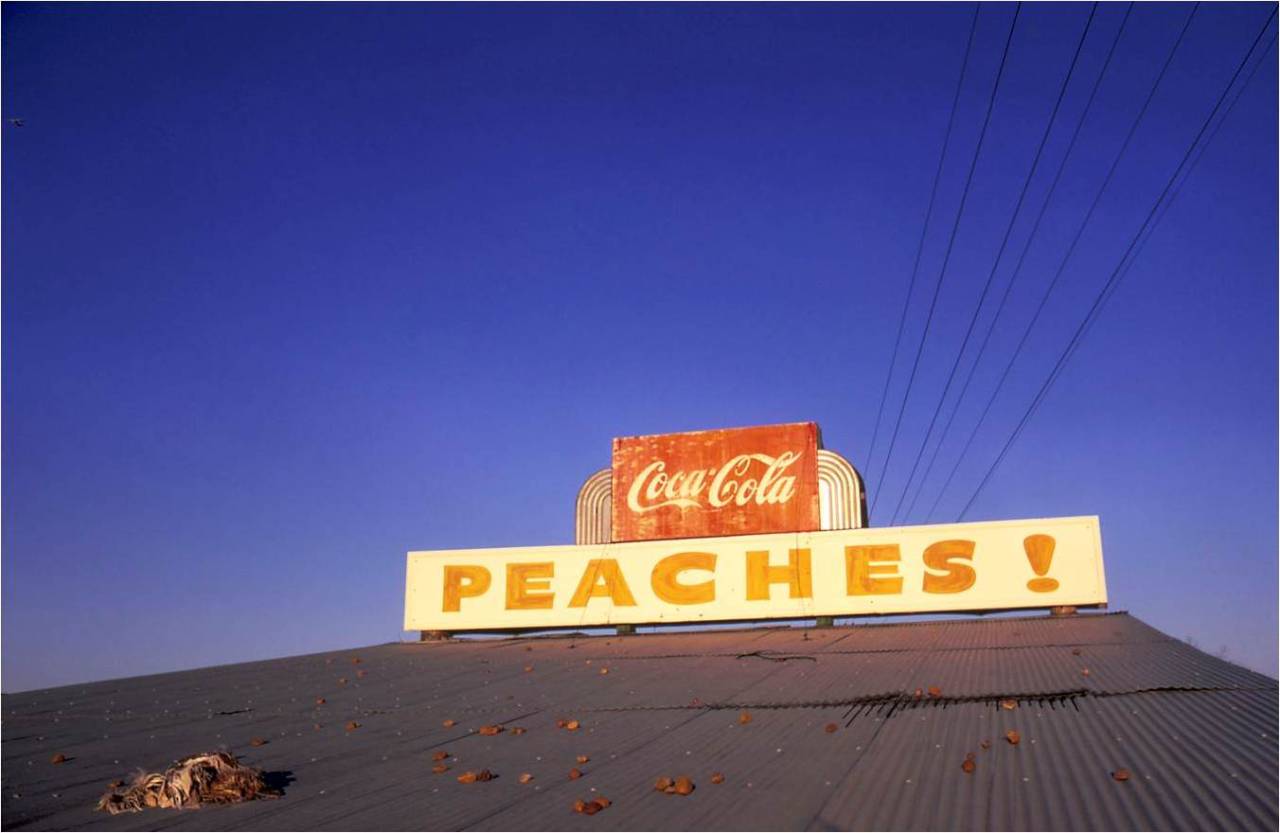 |
| William Eggleston, Untitled, 1973 |
A show of William Eggleston’s early work hangs for another six weeks at New York’s Metropolitan Museum of Art.
It’s been a good year for the photographer, if you count exhibits at major international venues as “good.”
It’s hard to tell what the closed-lipped and eccentric photographer thinks about the attention. Eggleston lets his work speak for itself. It’s a cool stance that in the beginning drove many critics crazy.
Ansel Adams, whose unyielding approach to the craft of black-and white-photography rendered exquisitely cold (but not cool) landscape prints, called Eggleston’s early work “a put on” and “of little ‘substance.’”
In his review of Eggleston’s spring show at London’s Tate Modern the Independent art critic Michael Glover had a different view. Eggleston’s critics “wanted a subject, a message, a neatly-framed box into which content was poured. Eggleston didn’t deal in such easy certitudes,” Glover wrote:
“There is no political perspective in Eggleston’s work. This is not a photography of protest or social engagement. He does not seek out a story or a subject-matter. The subjects – a rusting street light, a heap of planks ranged against a wall, a ceiling fixture – are barely subjects at all. They are most often nothing but lone objects, often seen at an uncustomary angle to the vertical or the horizontal, so that we begin to feel vertiginous as we stare and stare at them.
“…Eggleston saw a use for heightened color; in fact, his colors can be shrill to the point of near hysteria. So he shows us objects that are both ordinary and very particularized, and then ratchets up the tension that surrounds those objects by infecting their atmosphere with shrill colors. He is besotted by the imaginative possibilities of the ordinary. He wants us to rinse our eyes until we see, without prejudice, the exquisite poignancy of the seeming banalities of the everyday.”Filmmaker Michael Almereyda, whose documentary “William Eggleston at Work” captures the photographer more recently in the act, explains what Eggleston photographs is only the most obvious stuff on the planet:
“The unspectacular, random ephemeral stuff that’s out there on the edges of country roads, in suburban driveways, on a bureau or in a bed; signs and toys and trash given iconic stature; mysteries hiding in plain sight; everything shown to be simultaneously familiar and strange; recognizable and unknowable.”Like everybody else I am deeply influenced by Eggleston. But his genius is hard to copy. While many of us try, our work only succeeds when we’re as true to our own vision as Eggleston is to his.
He is reticent when describing his work. When asked by a British art curator whether he agrees with the statement that there’s “a sparkle of menace” in his photographs. Eggleston simply answered, “No.”
No comments:
Post a Comment